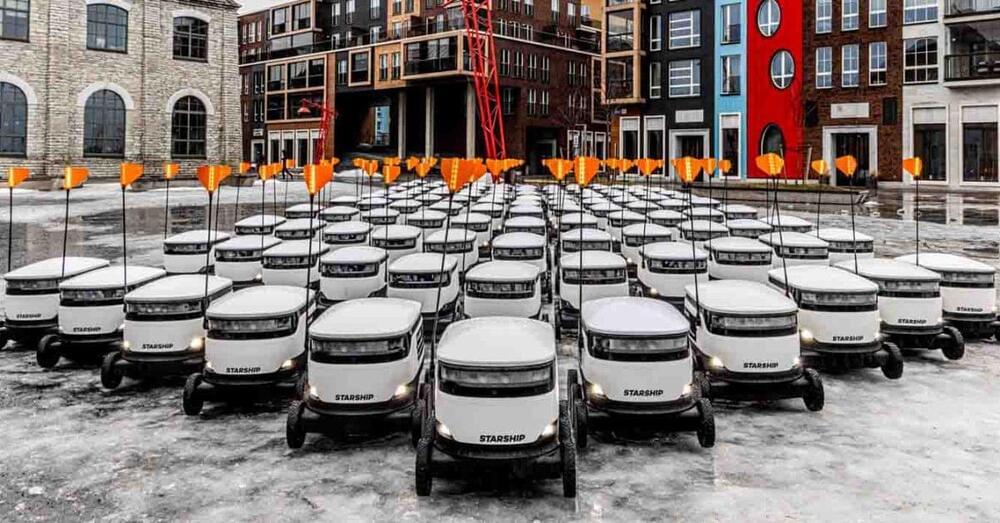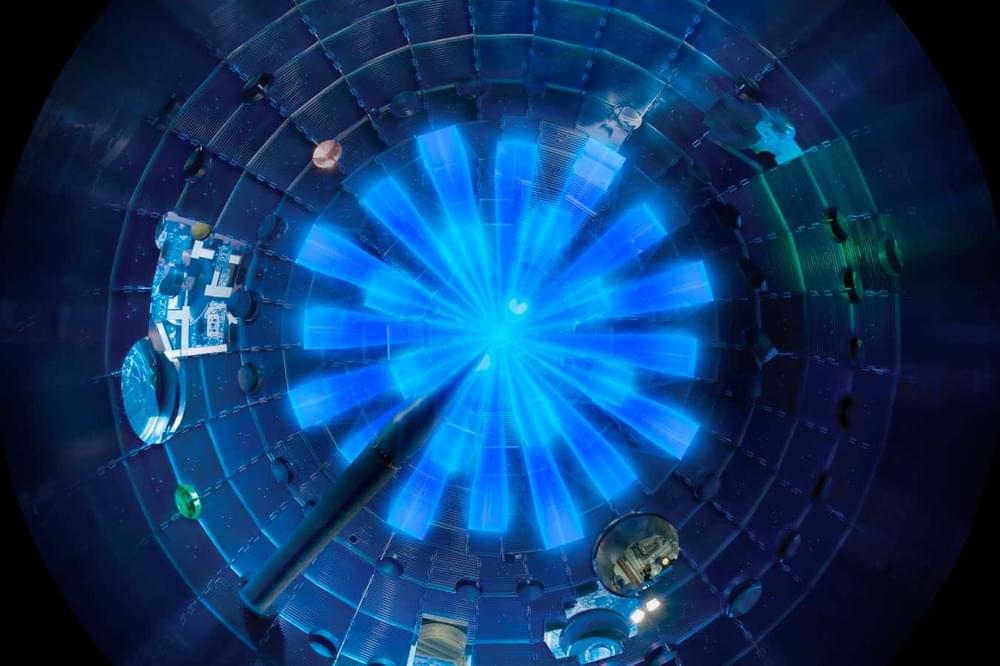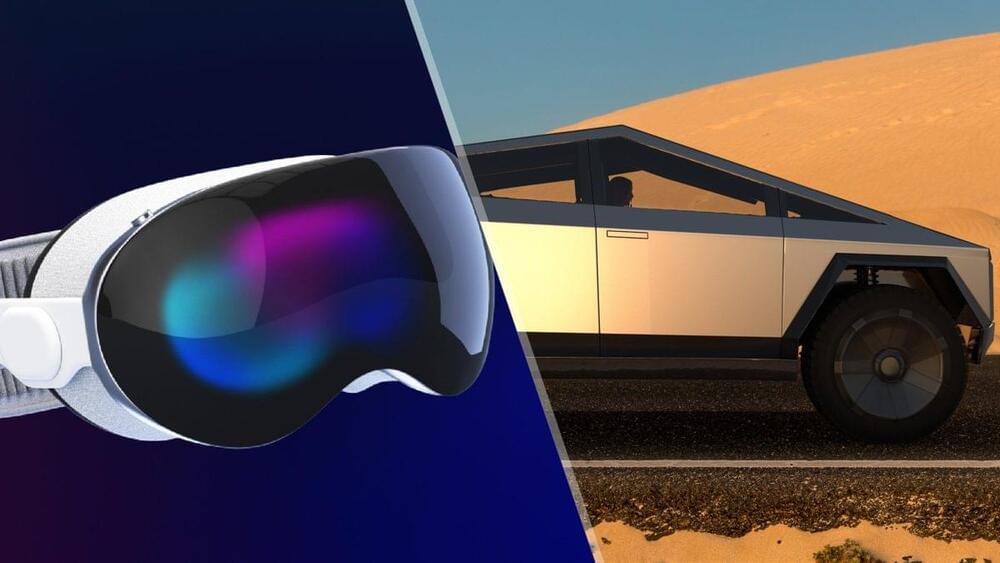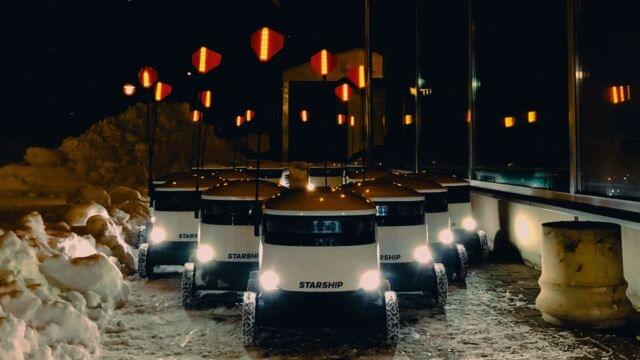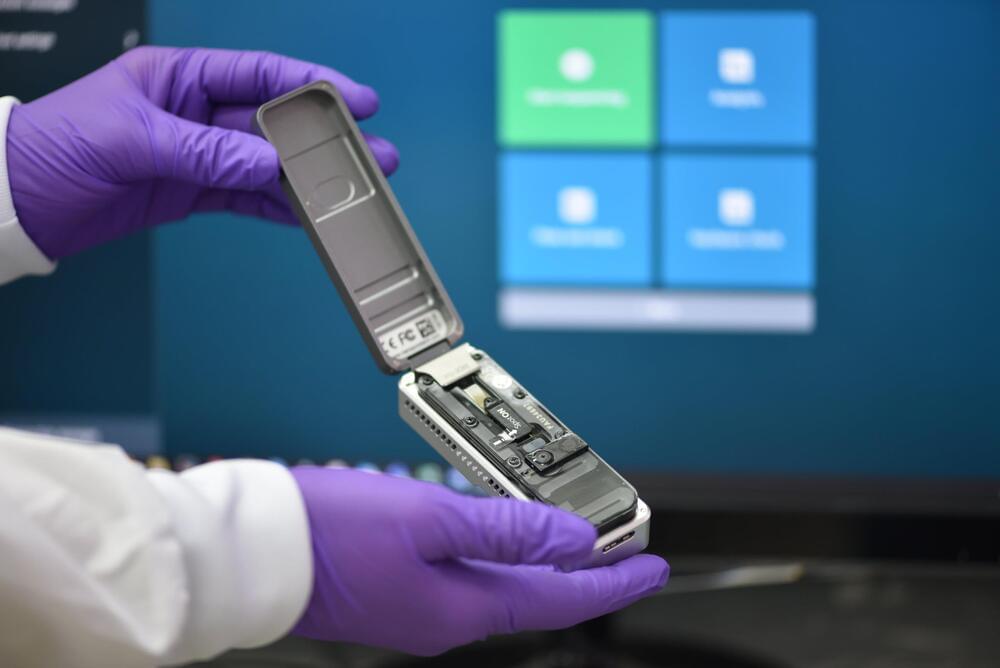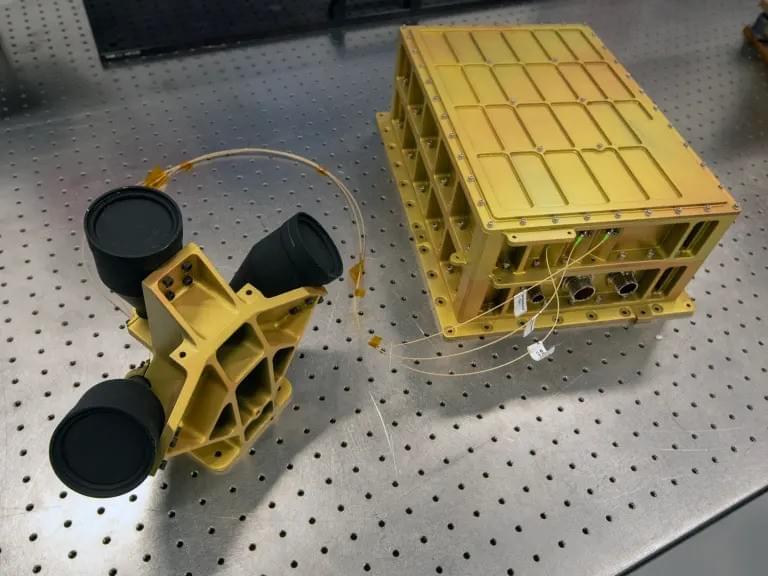Veteran autonomous delivery robot developer Starship Technologies announced it had raised an additional $90 million in funding to help expand its micro-logistics service to additional territories around the globe.
Starship Technologies was founded in 2014 by Skype co-founders Ahti Heinla and Janus Friis based on the idea that autonomy can help many of the challenges in last-mile deliveries. The company’s L4 autonomous delivery robots have completed over six million trips to date, transporting meals, packages, groceries, and important documents to students and other customers.
In August 2023, that mileage total was five million, operating in 30 different areas. Today, Starship’s robots have expanded to 80 locations worldwide, including the US, UK, Germany, Denmark, Estonia, and Finland.
